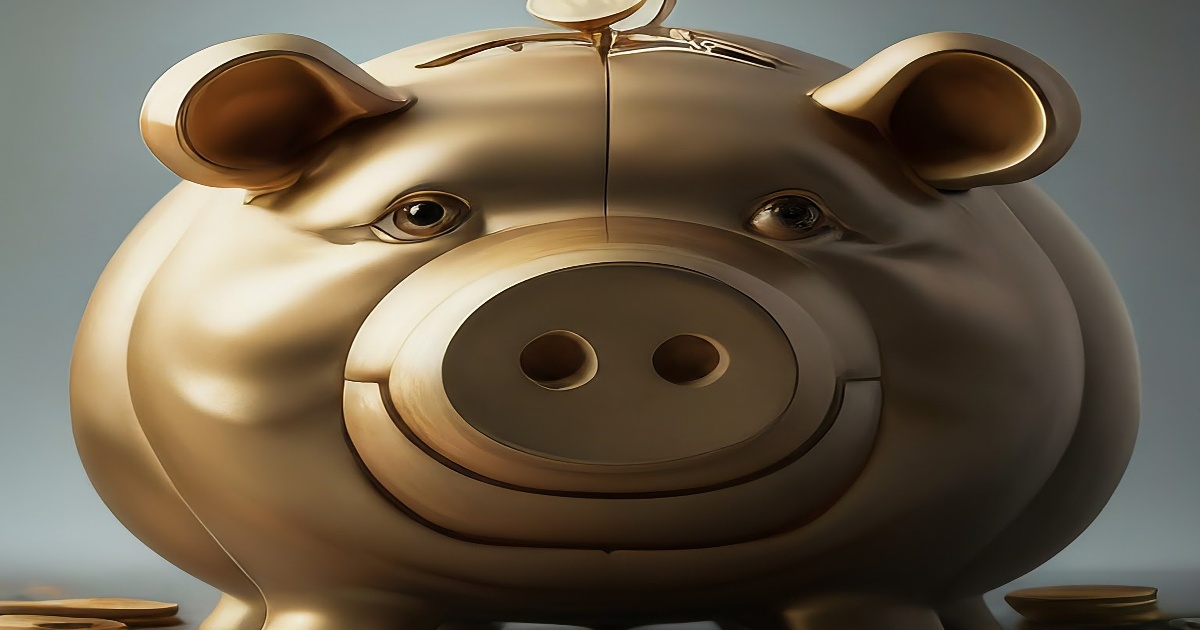Recent changes from the Federal Reserve, including three consecutive cuts to interest rates, have raised questions about the future of high APY rates for savings accounts. As the financial landscape shifts rapidly, it's crucial for consumers to ensure they're securing the best possible rates before the opportunity fades. Regular monitoring of rates from various banks and credit unions is vital for making informed decisions regarding new accounts.
High-yield savings accounts stand out among the various types of deposit accounts available, offering both security and attractive interest rates. These accounts, unlike investments through brokerage firms, are best for individuals aiming to save for short-term goals such as vacations or significant purchases. Online banks, which typically have lower overhead costs, often provide more competitive rates compared to well-known national institutions.
Checking accounts, while usually offering slightly lower rates than high-yield savings accounts, remain an essential hub for managing daily finances. They facilitate direct deposits and enable easy money transfers for bill payments, often equipped with checks and debit cards for convenience.
Money market accounts bridge the gap between savings and checking, providing both saving options and easy access through checks or debit cards. These accounts commonly feature tiered interest rates based on the account balance, making them an appealing choice for savers.
Cash management accounts serve as a hybrid between checking and savings, predominantly available through online banks. Unlike traditional checking accounts, they allow unlimited transfers and typically come with a debit card for easy transactions, though there might be fees for cash deposits.
Certificates of deposit (CDs) are another strong option, as they can offer higher rates compared to other savings vehicles. A CD requires individuals to lock their funds for terms ranging from three months to five years, with penalties for early withdrawals, unless one opts for no-penalty CDs, which hold slightly better rates than standard savings accounts.
For those considering short-term savings, six-month CDs currently yield competitive interest rates in the mid-5% range. One-year CDs are popular among investors, offering some of the best rates and often forming part of a broader CD ladder strategy. Although two and three-year CDs tend to provide lower rates in comparison, they serve as strategic tools for those looking to diversify their investments amid fluctuating interest rates.
Finally, while five-year CDs may yield the lowest rates on this list, they are still a smart choice for investors wanting to lock in favorable rates over a long duration. Overall, understanding the range of deposit accounts available can empower consumers to make effective decisions in this changing financial environment.







12 Comments
Muchacha
The author provides helpful advice for making informed decisions about savings accounts.
Bella Ciao
I like that the author mentioned CDs as an option for long-term savings.
Karamba
This article is well-written and easy to understand.
Bella Ciao
This is a valuable resource for anyone looking to get the best return on their saved money.
Comandante
The information about money market accounts was new to me. I might look into opening one.
Africa
This article helped me realize that checking accounts and savings accounts serve different purposes.
Mariposa
I'm glad to see the author recommend online banks. They often have better rates than traditional banks.
Jordan
I appreciate the author's warning about fees associated with cash management accounts.
The Truth
This article makes it seem like online banks are the only option. But traditional banks can offer competitive rates too.
Answer
I appreciate the author's emphasis on the security of FDIC-insured accounts.
Jordan
I would recommend this article to anyone who wants to learn more about savings and investments.
The Truth
The author provides a balanced perspective on the various types of deposit accounts available.